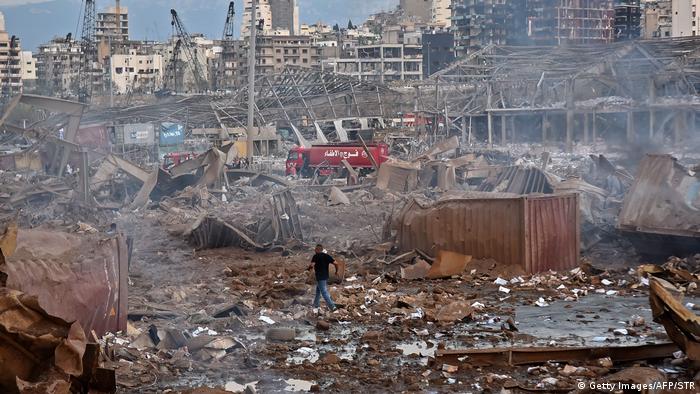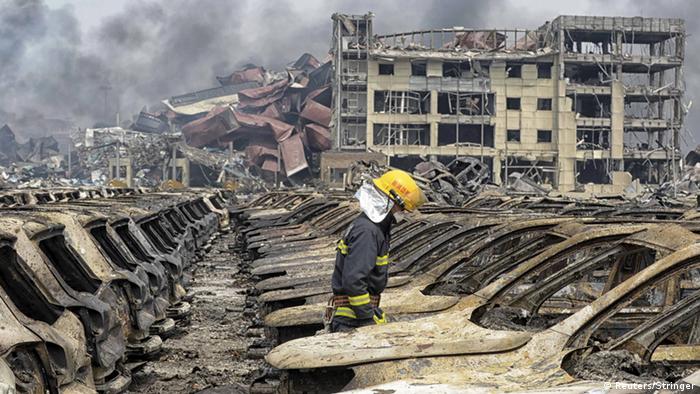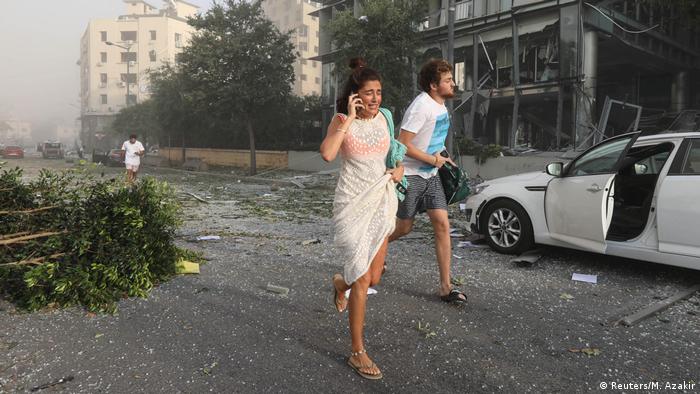THIRD WORLD USA
Study: Most Americans don't have enough assets to withstand 3 months without income
CORVALLIS, Ore. -- A new study from Oregon State University found that 77% of low- to moderate-income American households fall below the asset poverty threshold, meaning that if their income were cut off they would not have the financial assets to maintain at least poverty-level status for three months.
The study compared asset poverty rates in the U.S. and Canada. Canada's asset poverty rate has improved over the past 20 years while the U.S. rate has worsened, but still, 62% of low- to moderate-income Canadians also fall below the asset poverty threshold.
The implications of these findings have become starkly apparent during the COVID-19 pandemic, said David Rothwell, lead author on the study and an associate professor in OSU's College of Public Health and Human Sciences.
"The fact that the U.S. safety net is so connected to work, and then you have this huge shock to employment, you have a system that's not prepared to handle such a big change to the employment system ... It results concretely in family stress and strain, and then that strain and stress relates to negative outcomes for children and families," Rothwell said.
The study, published last week in the journal Social Policy Administration, looked at financial assets such as stocks, bonds and mutual funds, rather than real assets like houses and property, because financial assets are easier to cash in and use in an emergency. Existing research has found that U.S. wealth inequality is more pronounced that income inequality.
Researchers used data from nationally representative financial surveys in Canada and the U.S. from 1998 through 2016, looking at low- to moderate-income households, defined as those in the bottom 50% of income distribution in each country, headed by working age adults age 25-54.
Rothwell and co-authors Leanne Giordono from OSU and Jennifer Robson from Carleton University in Ontario, Canada, were investigating how asset poverty changed over time in the two countries and how that change was affected by changes in transfer share -- the portion of household income that comes from government assistance. They chose the U.S. and Canada because of their close geographic proximity and similar legal traditions but significantly different welfare policies.
In 1998, Canada's asset poverty rate among low- to moderate-income households was 74%, compared with 67% in the U.S. The two rates were nearly identical in 2005, then Canada's kept falling and the U.S. rate kept rising, arriving at 62% and 77% in 2016.
Canada spends twice what the U.S. does on financial assistance for families, and much of it is spent in cash benefits, rather than in-kind benefits like Supplemental Nutrition Assistance Programs (SNAP, formerly food stamps) in the U.S. In 2016, 96% of low- to moderate-income Canadian households received some transfer income from the government. In the U.S., that number was 41%.
For the most part, results showed that more generous welfare policies were associated with greater rates of asset poverty in Canada, Rothwell said. There, as the government reduced the amount of public assistance families received as a proportion of their income over time, asset poverty improved.
However, he said, this relationship between welfare generosity and asset poverty should be interpreted as correlational, not causal, and the topic warrants further study. Because the levels of public assistance are greater in Canada than the U.S., it's hard to extend results from one country to the other, but when controlling for demographic characteristics, researchers found that decreasing transfer share has no impact on the risk of asset poverty in the U.S.
"What stands out there is, so few American families receive any type of transfers at all, compared to other countries, and small adjustments to an already minimal safety net was not related to asset poverty in this study," Rothwell said. In contrast, Canadian families receive a child benefit, a monthly cash payment of several hundred dollars to help with the cost of raising a child.
Many safety net programs, including Medicaid and SNAP, also disincentivize saving because they impose asset limits on people seeking assistance. Rothwell calls these a "poverty trap."
"If you have someone who's low-income and they are working hard trying to save money but you're telling them that they're going to lose benefits if they save over some given threshold, that's a disincentive to accumulate wealth," he said.
Rothwell notes that asset poverty rates are much higher among people of color, due to decades of discriminatory laws and policies that prevented Black people, in particular, from buying and owning homes or securing well-paying jobs.
"This is the story of COVID, as I see it -- it's just exposing these existing inequalities, and the people who are most vulnerable going into the crisis are magnified in their vulnerability getting through it," Rothwell said.
A study coming out later this year from the same research team will look specifically at racial and ethnic asset disparities and how they impact people's health, he said.
###














